Hello My Fishing Cape Cod! My name is Dan Jones, store manager at the Goose Hummock Shop in Orleans, Massachusetts.
In this article we will be discussing strategies and techniques that work on Cape Cod for targeting the elusive bronze-back beauty, the smallmouth bass.
Smallmouth bass (pictured below) are a hard fighting and acrobatic freshwater fish. Fishing for smallmouths can be very exciting and challenging.
More...
Unlike largemouth bass (see photo below), which will feed on almost anything such as soft plastics, top water plugs, stick baits, shiners, etc., smallmouth bass (also known as "smallies") prefer deep and clear water, rocky bottoms, and a more finesse fishing style.
The information provided in this article will cover:
Equipment
Anyone who is just starting out does not need to get elaborate with tackle for targeting smallmouth bass on Cape Cod. For fishing rods, I prefer a rod 6 to 7 feet in length, rated for 10 to 20 pounds.
There are numerous spinning rods available between $50 and $200 depending on your budget. Brands to choose from include Shimano, Penn, and Okuma - to name just a few.
With rods such as this you can use monofilament line from 8 to 12 pound test, or for the more experienced angler, braided line from 8 to 20 pound test.
Braid has a much smaller diameter and also has zero stretch, which allows you to feel even the slightest of bites. This can be very useful when finesse fishing or drop shotting small plastics or live bait.
For spinning reels, I like reels in sizes 1500, 2000, 2500 and 3000. Smallmouth bass average 1 to 3 pounds with a "big one" weighing in at 5 or 6 pounds, so there is no need for a reel bigger then these.
Once again there are many brands and styles to choose from such as Shimano, Penn, Quantum and others. All have reels in this size range with prices starting anywhere from $60 to $150.
In summary, if you are just starting out, you can get a good quality rod and reel for as little as $100.
Lures, Baits & Techniques
Smallmouth Bass can be very subtle and finicky.
Drop-shotting can be very successful but the angler needs to be patient. This application involves attaching a drop shot weight to the end of your line and attaching a drop line off the main line with some type of soft plastic bait or minnow.
The weight lets you know when you’re on the bottom. At this point your bait will be approximately 8 to 12 inches above bottom. The bait is then slowly moved along the bottom, enticing a strike.
Other options for smallmouth bass include tube jigs and chatter baits.
These baits are also jigged and bounced along the bottom.
Another option is to use slow sinking and suspending stick baits, which can be cast from shore or from a boat, or even slow trolled. Yo-Zuri, Baker’s Lures, Rapala...there are plenty to choose from.
Some of my favorite lures for smallies include:
There is a wide spectrum of colors to choose from as well. I like to stick with natural shiner, smelt or killifish patterns in 2 to 3 inch sizes.
Last but certainly not least is live bait.
Sometimes simply anchoring up and dropping a shiner or night crawler to the bottom can get the job done. The only problem with live bait is you may catch a variety of other fish as well, such as perch, bluegill and bullhead.
Where & When To Catch Smallmouths
When I first moved to Cape Cod fifteen years ago, I had no idea how good the freshwater fishing was. Here on Cape we actually have more than 350 kettle ponds to choose from.
Not long after moving here, I began targeting some of the larger, deeper ponds with depths of more than 20 feet. Remember that smallmouth bass prefer a rocky or gravely bottom in anywhere from 15 to 40 feet of clear water.
Smallies will move up into shallower water during spawning season. During the spring they will move into 4 to 6 feet of water, and create large spawning beds 3 to 6 feet in circumference. However during other times of the year, smallies are generally found in deeper water.
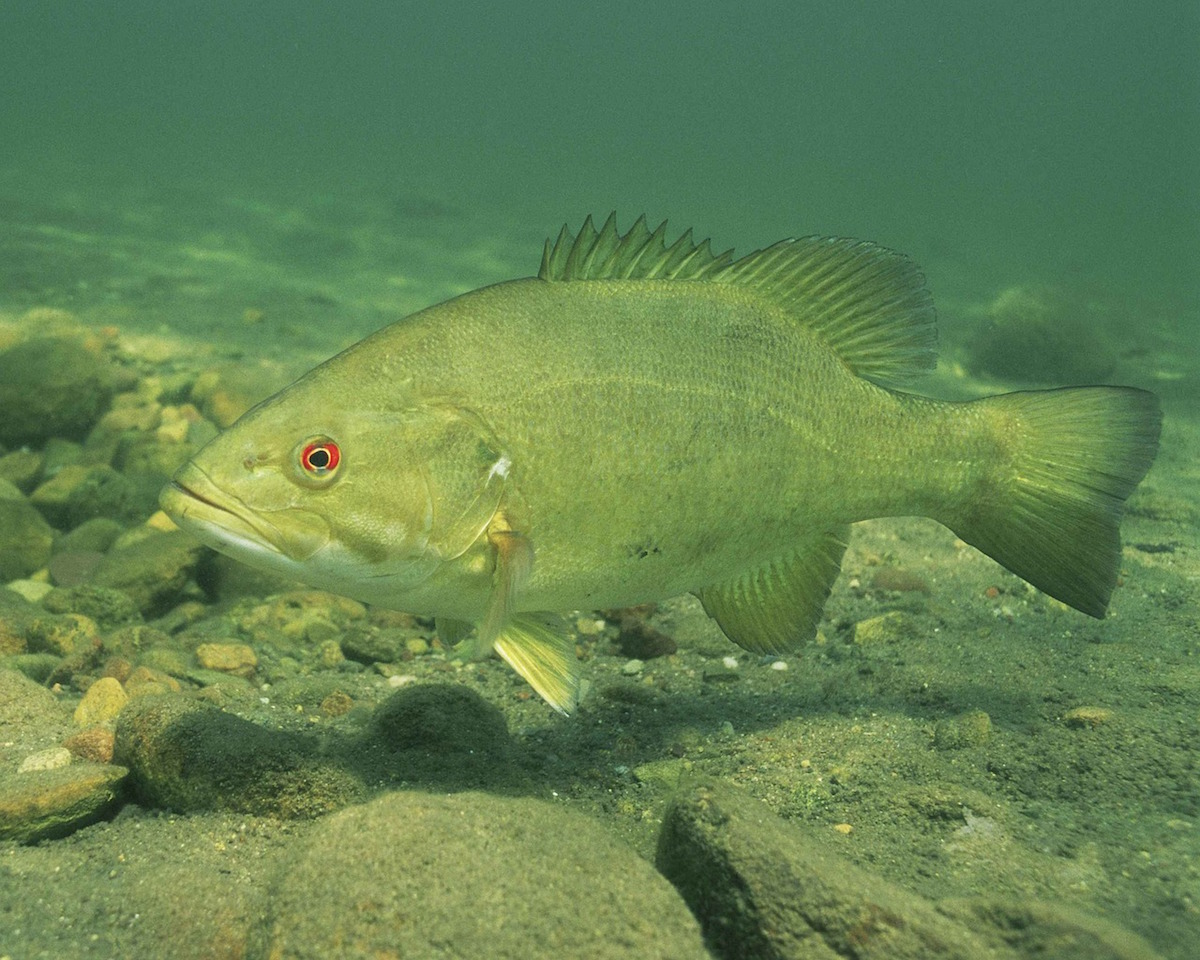
Once I got serious about smallmouth bass, one of the first things I did was obtain maps of some of the known smallmouth populations. The maps can be viewed on the Massachusetts Division of Fisheries and Wildlife website.
Here are some helpful links for the State's website:
I try to look at the contour of the lake or pond, as well as the surrounding land structure. I make sure to study steep drop offs and rocky structure which may hold fish.
Fishing from shore can be productive but access restrictions and wading around ponds can be difficult. I have had much more success fishing from a kayak or jon boat, either anchoring in 15 to 20 feet of water, or drifting while casting artificial baits, which allows me to cover more area.
Almost all of the ponds on Cape Cape have some type of horsepower restrictions, so make sure you know the rules before heading out.
You can fish for smallmouth pretty much year round. Smallies can even be taken during the winter through the ice. Having a fish finder on your boat can be very helpful in locating schools of smallies or individual fish hanging out near the bottom. Using this technique allows you to vertical jig or dropshot directly over the fish.
My 5 Favorite Smallmouth Ponds On Cape Cod
Here is my list of my 5 favorite ponds to target smallmouth bass on Cape Cod.
In Conclusion
The information provided here is just a basic overview of where to fish as well as what types of rods, reels and tackle are required for smallmouth fishing. There are plenty of other options for all of these topics.
If you have any questions, feel free to contact me at the Goose Hummock Shop in Orleans.
Just mention you are from My Fishing Cape Cod and I will gladly show you what we have available to help make your angling experience more enjoyable.
Tight lines

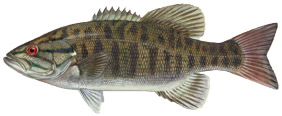
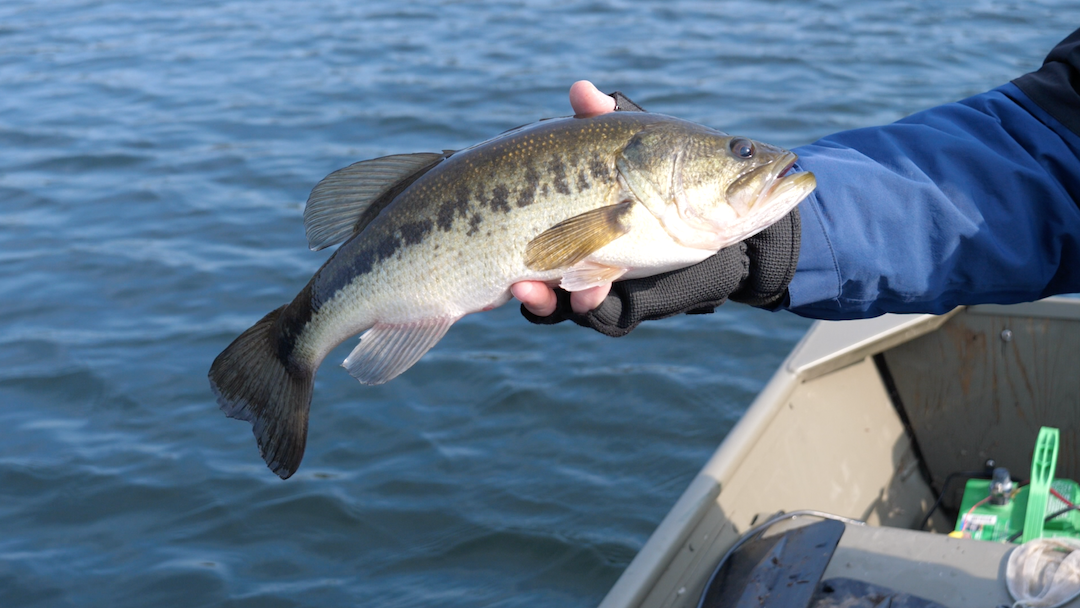

 @gnarfish @sbthekid_508 @abandofanglers . . . . . . #smallmouth #smallmouthbassfishing #smallmouthbass #bass #freshwater #sweetwater #fish #fishing #gooutside #explore #hunt #seewhatsoutthere #costa #simmsfishing #newengland #capecod #goosehummock
@gnarfish @sbthekid_508 @abandofanglers . . . . . . #smallmouth #smallmouthbassfishing #smallmouthbass #bass #freshwater #sweetwater #fish #fishing #gooutside #explore #hunt #seewhatsoutthere #costa #simmsfishing #newengland #capecod #goosehummock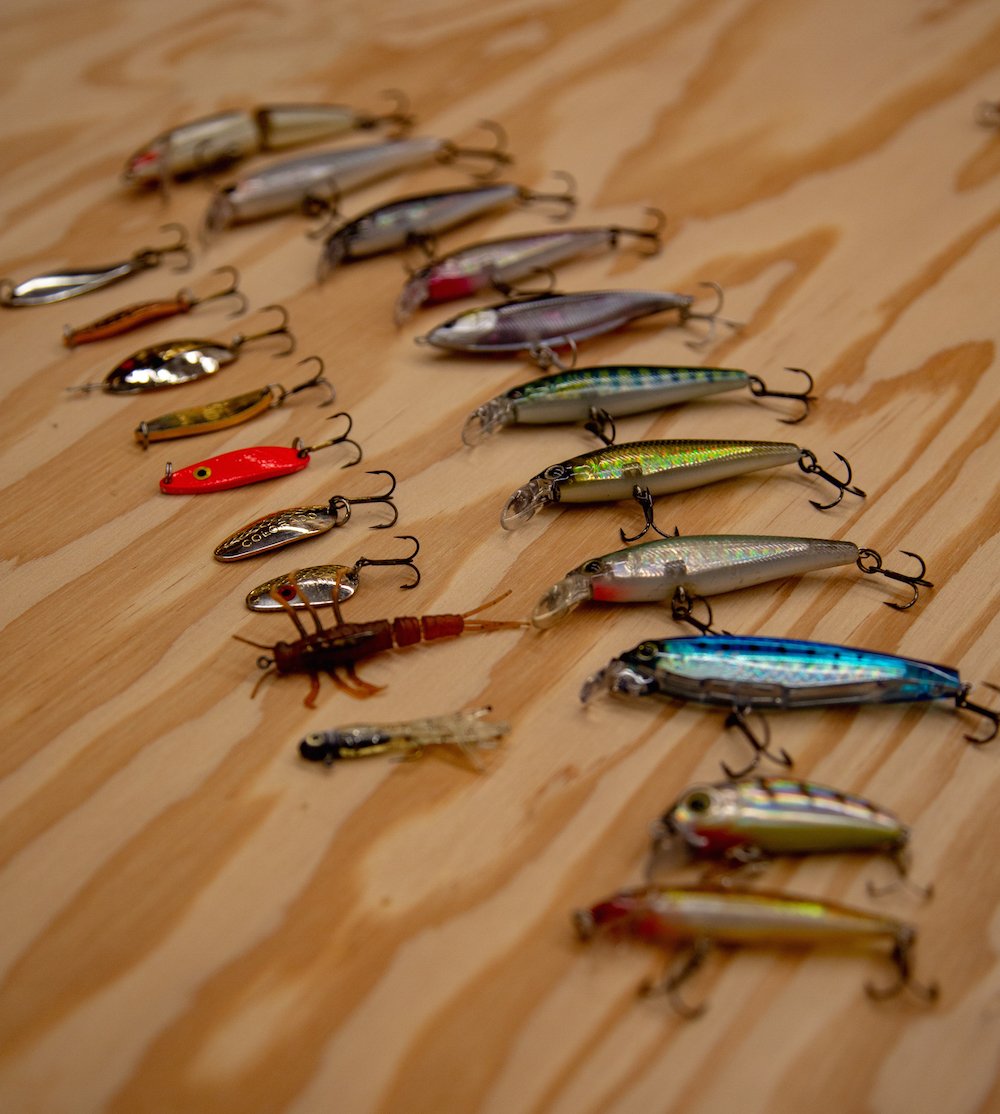
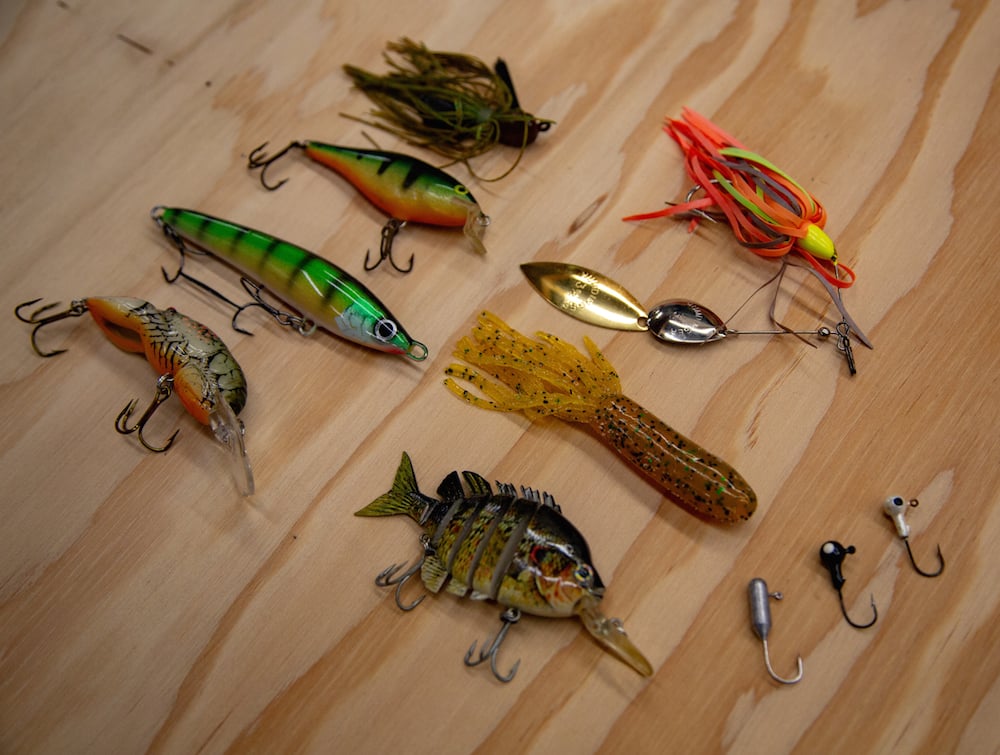
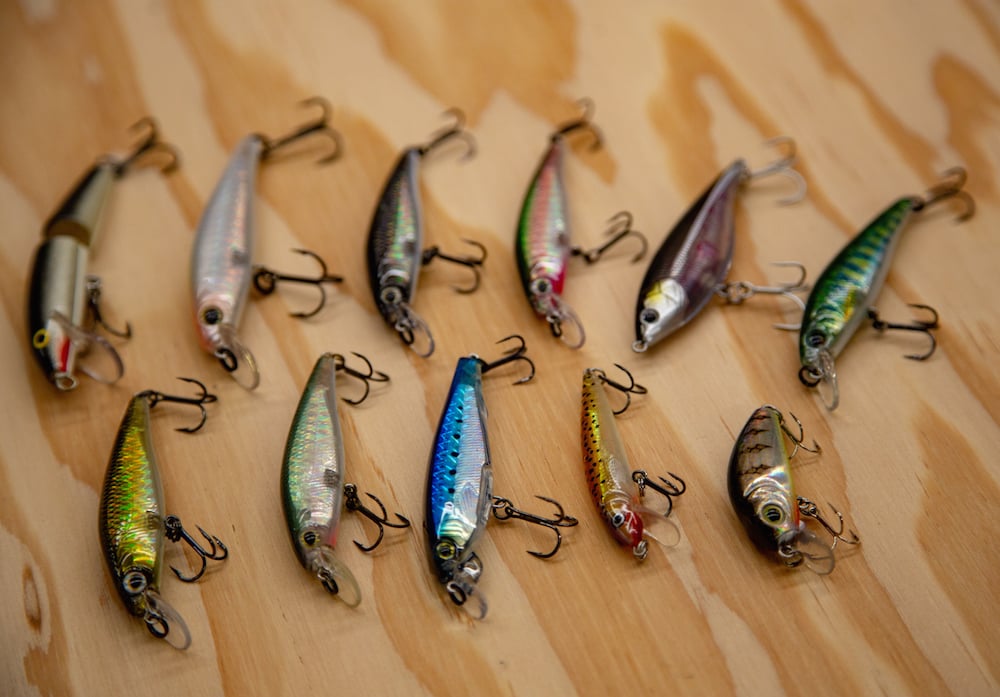







I remember years ago the same folks that made town mapbooks of cape cod also made one of the fresh water ponds on cape it had general info about each ,boat access what kind of fish and general topo map do you have any idea where I might find one?
I’m not sure Henry, but a great resource for freshwater fishing on Cape Cod is the Innermost Waters. I highly recommend the book for general information about many of the Cape’s ponds, boat access, etc.
Very informative and helpful article.
Any of these I can bring a 9.9 and if not would I be ok just running my trolling motor but engine still on the boat but wouldn’t use it ?
Hey Mike – some of the ponds mentioned in this article allow engines of up to 10hp. Others are less. I’d call the town to double check.
Thanks Dan, With fresh water fishing do you use leader material from your main line, a barrel swivel and tactical clips?
I’m not sure how Dan prefers to rig up Leslie, but I tie direct without a barrel swivel and clips. The lures are usually so small, that I feel using a barrel swivel and/or a clip just gets in the way.
ok, awesome thanks!
Hi again, do you tie direct for any species? Trout or Bass? and what knot do you use? Thanks again
Hi Leslie – I just noticed your reply comment. Sorry for the six month delay in my response! LOL. I’ll oftentimes tie direct for many species including stripers, tuna, trout, bass etc. It just depends on whether or not I want to use a clip/snap-swivel. There’s really no right or wrong way to go about it. Some people like using clips and swivels because it makes changing lures quicker and easier, while other people think the clips and swivels just get in the way. I’m not sure the fish care too much one way or the other. lol ?
looking for a pond for smallmouth on Wednesday 9/5. Which one would you recommend?
Flax and Cliff would be good ones to check out. Both of them have smallmouths and they are gorgeous places to wet a line.
Never caught a smallie down the cape, but now i’m intrigued!
LMK if you give it a shot Nate. Gluck!
Good info, thanks Dan. Never caught a smallie, although I’ve never really targeted them. Might give it a shot.
Gluck Billy. Keep us posted!